
DAY 2
(Reading time: 8 minutes)
Good morning, Ikebukuro! It’s time to get up early, have a quick breakfast and head out at lightning speed because there’s a ton of stuff on the agenda and we want to hit them all.
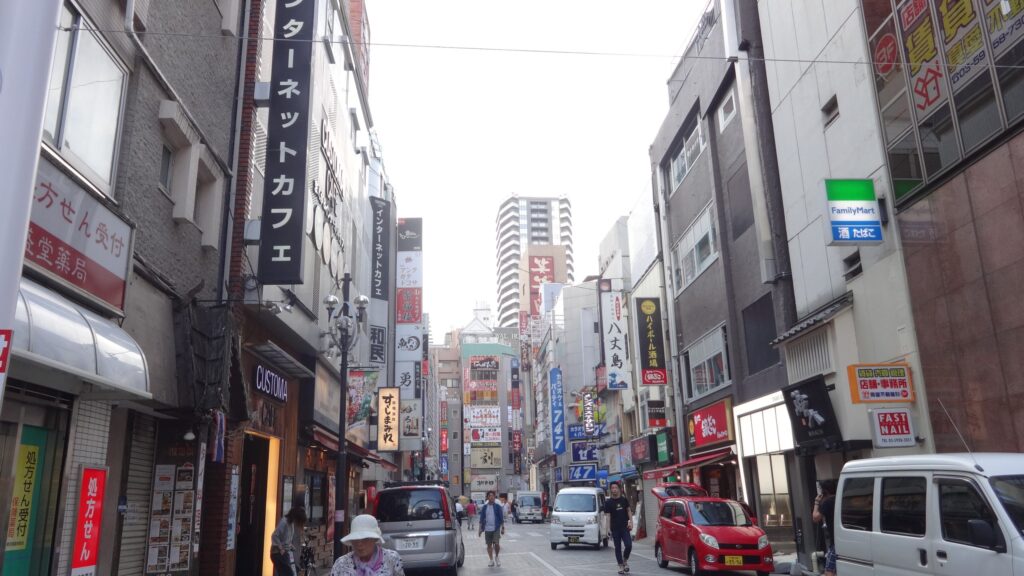
Seriously though, looking back, I’m not sure how we managed to cover so many different places in one day – Sensoji Temple, Skytree, Shin-Okubo, BT21 Café and Shinjuku. The subway, of course, played a crucial role, but it was still hardcore sightseeing.

Sensoji in Asakusa district is Tokyo’s oldest temple. It was completed in 645 and is dedicated to the goddess of mercy, Kannon (known as Guanyin in China). According to legend, two fishermen pulled a statue of the goddess Kannon from Sumida River. The leader of the then-insignificant village of Asakusa recognized the deity in the statue and rebuilt his house into a temple where ordinary people could come and worship Kannon. As legends of the temple spread, so did its fame. Eventually, Sensoji became an important temple of Tokugawa shogunate and later a cultural center in Edo period.
You enter the temple complex through “Thunder Gate” (Kaminarimon), flanked by two menacing statues representing Shinto gods Fujin and Raijin, the gods of wind and thunder, respectively. In the middle hangs a huge red paper lantern, which is only removed during certain festivals to allow larger processions of people to pass through comfortably.
A 200-meter-long shopping street called Nakamise, where visitors can buy traditional souvenirs, leads to the second, inner gate.
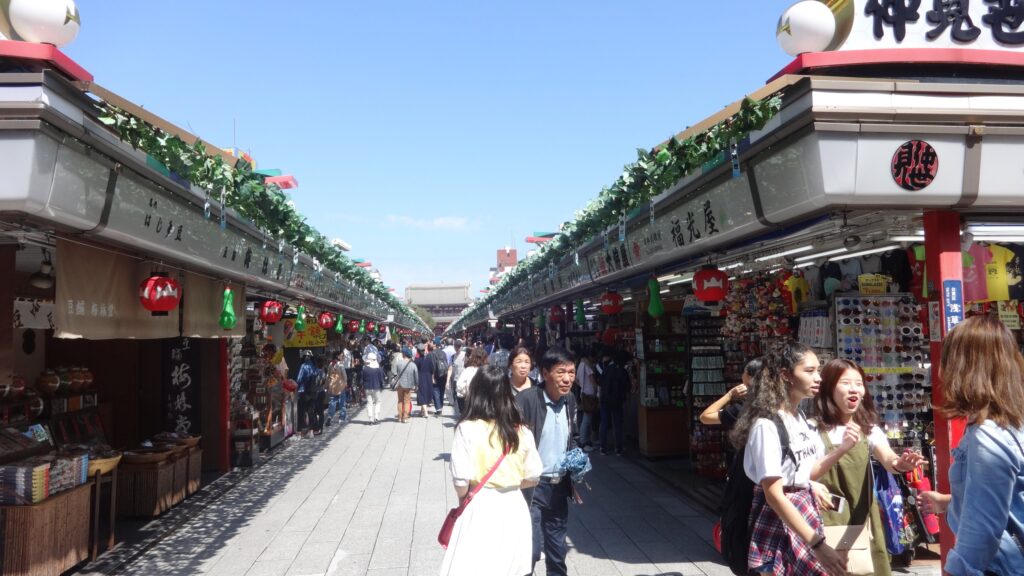
The inner gate, Hozomon, is more majestic and larger. Entry is guarded by 5.5-meter-high Nio statues.
The complex includes a five-story pagoda and a Shinto shrine Asakusa-Jinja. Japan’s typical mixture of Buddhism and Shintoism means it’s not surprising to find temple complexes dedicated to both religions.
The main courtyard is usually bustling with activity, as it’s also the most visited temple in Tokyo.
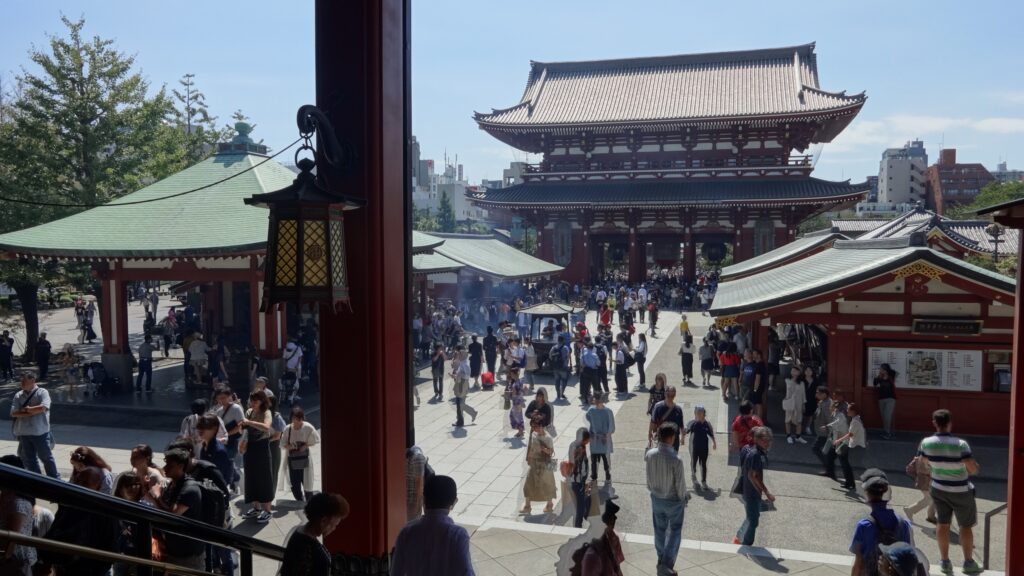
People come here to perform rituals to cleanse their bodies and minds (pouring water on both hands, lighting incense sticks), pray, and/or exchange 100 yen for omikuji, a small paper with a fortune prediction. This tradition is deeply rooted in Japan; in temples and shrines, you’ll find places where people can, for a small fee, pull/pick a scroll of paper containing (mis)fortune. If it’s a lucky prediction, you take the paper with you and keep it, for example, in your wallet. If you’re not satisfied with the content, you attach it to a tree branch or more commonly around a wire structure designated for it somewhere in the temple grounds, asking the gods to help avert misfortune.
We preferred pragmatism, so on the way back, instead of omikuji, we bought onigiri for 100 yen – triangular rice snacks, usually with some meat/fish inside, wrapped in seaweed.
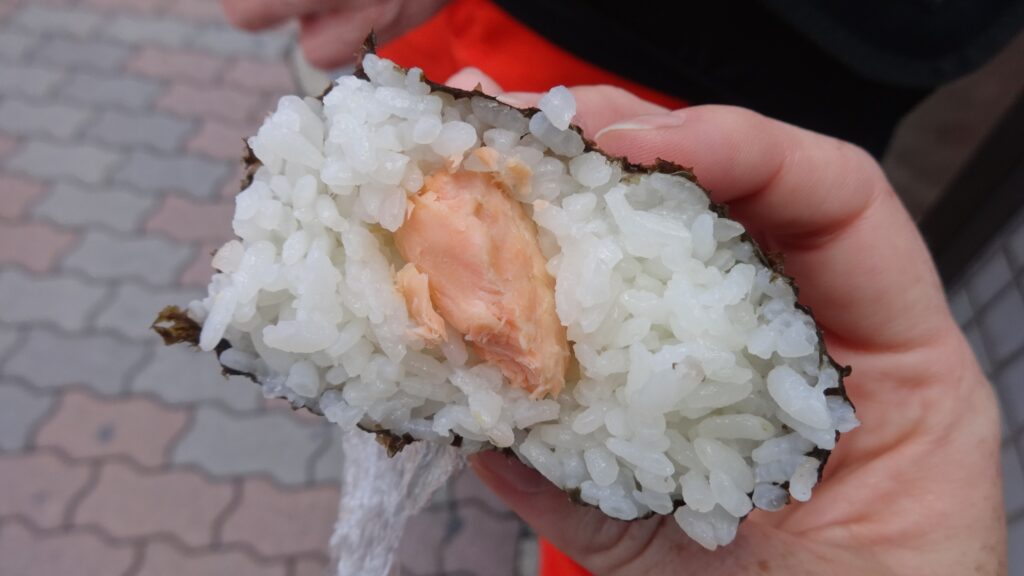
Our next stop today was Skytree, Tokyo’s telecommunications tower and the tallest structure in Japan. At 634 meters, it’s among the top ten tallest structures in the world. If you look up information on Google, you’ll find that there’s a distinction between the “tallest buildings in the world,” which do NOT include towers and transmitters, and the “tallest structures in the world,” where Skytree can be found.
Tokyo Skytree was born out of necessity because Tokyo Tower (the red tower resembling the Eiffel Tower) was too small at 333 meters and surrounded by skyscrapers, so it couldn’t serve the purpose of signal transmission anymore. There was a public vote on the design, and they built a brand-new tower, almost twice as tall.

The tower combines a futuristic look with traditional Japanese beauty, along with functionality and safety against natural disasters (especially earthquakes and typhoons).
And that architectural ensemble with the strange yellow structure on the right in the photo is Asahi Group Head Office Building (the headquarters of Asahi, the largest beer producer in Japan). The golden square building is supposed to resemble a glass filled with beer with foam on top, and the golden flame symbolizes the flaming heart of Asahi.
Given our fondness for observing the world from above, we went up to the observation deck of Skytree, where you can beautifully see the infinitely sprawling Tokyo.

Someone has to wash these windows, right?

Then I dragged Marek to Shin-Okubo, a little Korea in Tokyo. As a proper K-pop fan, I simply couldn’t miss this shopping hallyu paradise, and Marek obediently trudged along with me. His sacrifice will not be forgotten.

People who love Korean culture, or even those who are just curious and want to broaden their horizons, will find countless shops selling famous Korean cosmetics, groceries and especially merchandise with K-pop idols.
Of course, you can also eat at restaurants with traditional Korean specialties here or buy quick snacks at street stalls.
And since we clearly didn’t have enough K-pop, we went to BT21 Café in the evening…
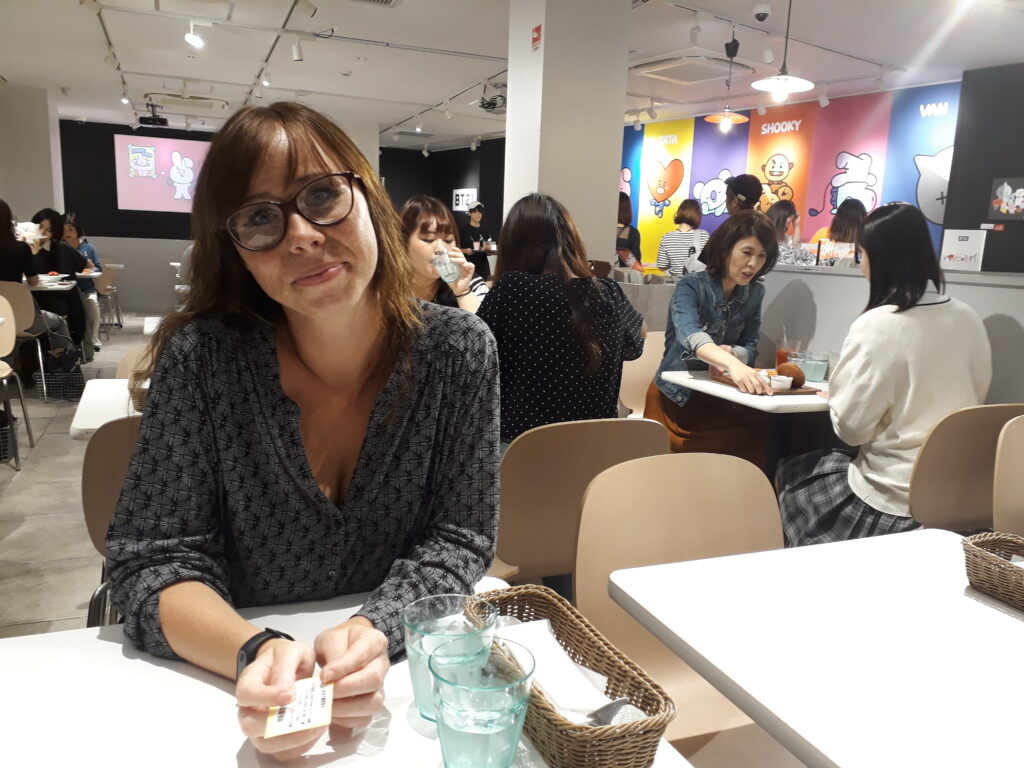
…well, this was a completely planned event that worked out great on the date of our stay in Tokyo, but I had to work on it back at home. BT21 Café was only open for a limited time in a space called Shibuya Box Café. The building always provides a venue for various themed cafés for a certain period of time, for which you have to make a paid reservation…in Japanese! So I spent 4 (!!!) HOURS at home creating a fake Japanese profile to subsequently make that reservation. Thank God for Google Translate because the entire website was in Japanese with no language selection option…but it was worth all the Japanese characters in the world.
Of course, nobody in the café spoke English, and our presence must have been an experience comparable to ours – that is, just being there.
All the food and drinks in the café looked like BT21 characters and were quite expensive, but we often saw customers ordering everything on the menu. You must understand, each piece had to be tasted and carefully photographed separately!
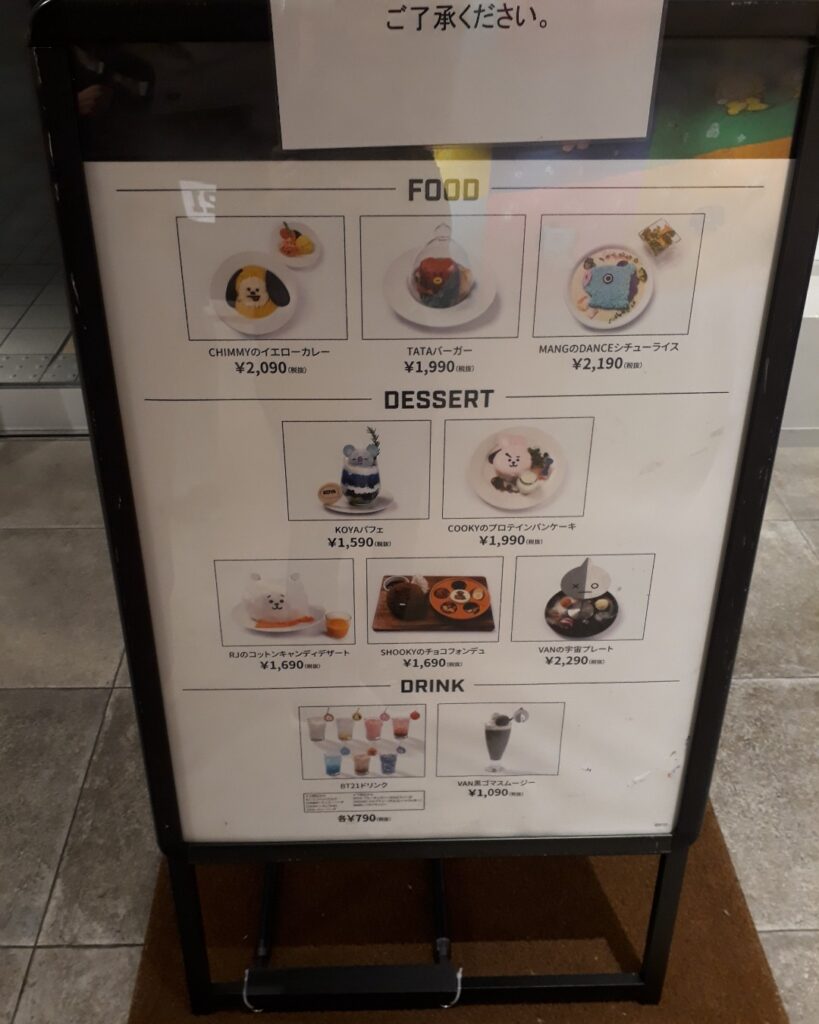

We found the taste to be rather average, but you don’t come here for the taste, but for the experience.
The café staff also called out guest numbers; we received them upon arrival. This way, everyone could choose merchandise calmly without waiting in line.
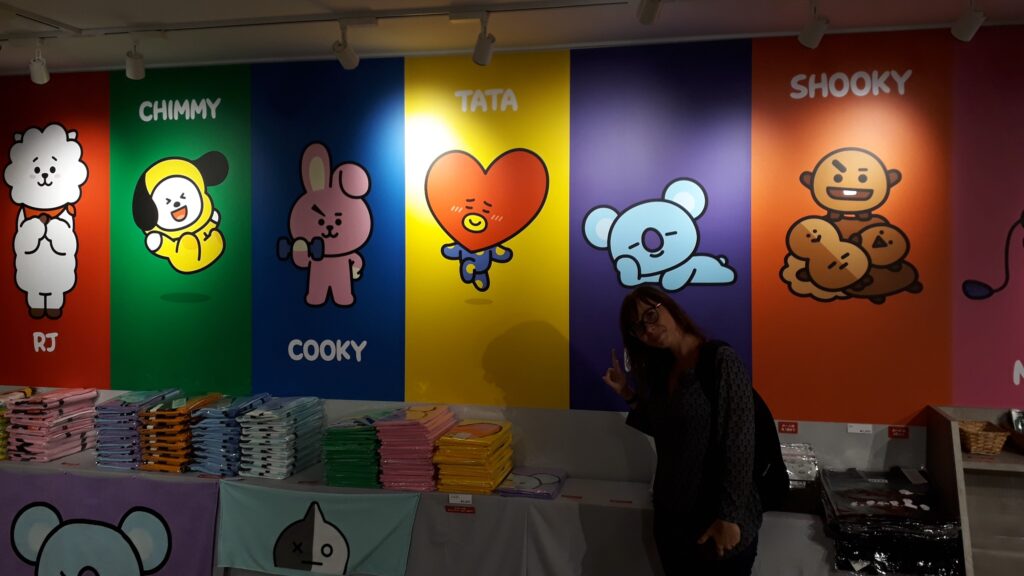
We ended the day in Shinjuku district of Tokyo. The local subway station is supposedly the busiest in the world; literally millions of people pass through it daily. Part of this Tokyo’s nightlife heart are bars, nightclubs, shopping streets, but also sex shops, strip clubs and love hotels. Shinjuku satisfies all interests and desires, for they can be diverse, extravagant, and controversial in Japan at the same time.
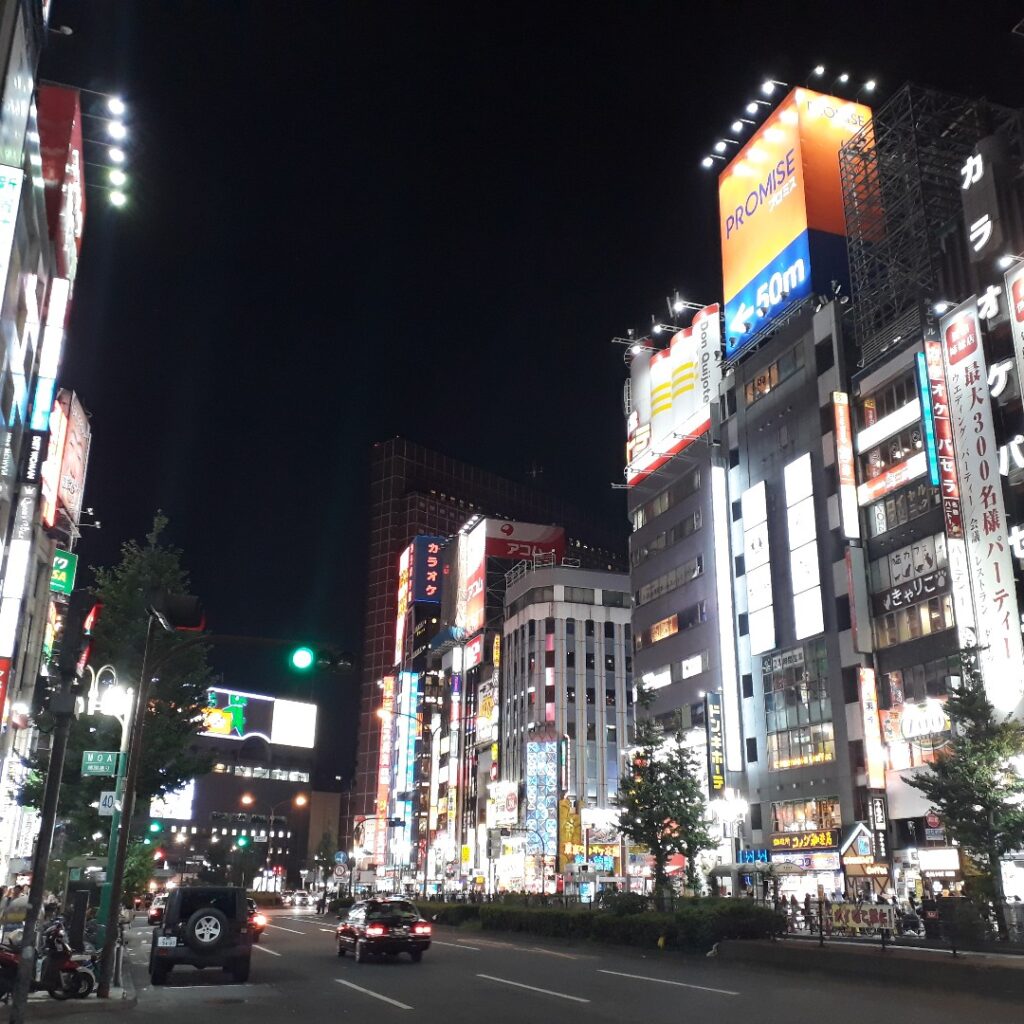
-endy-
DONKEY´S SPECIAL:
-mj-